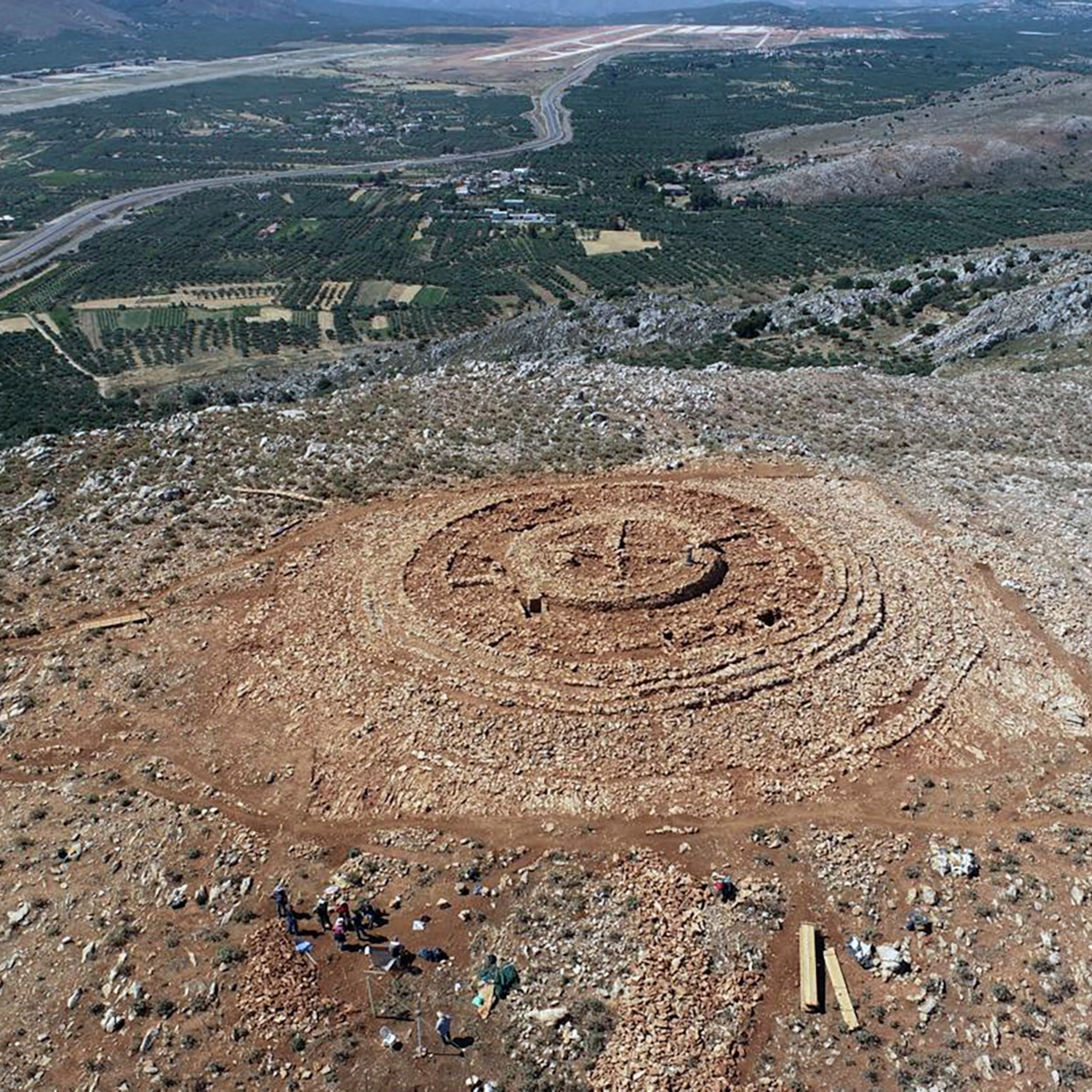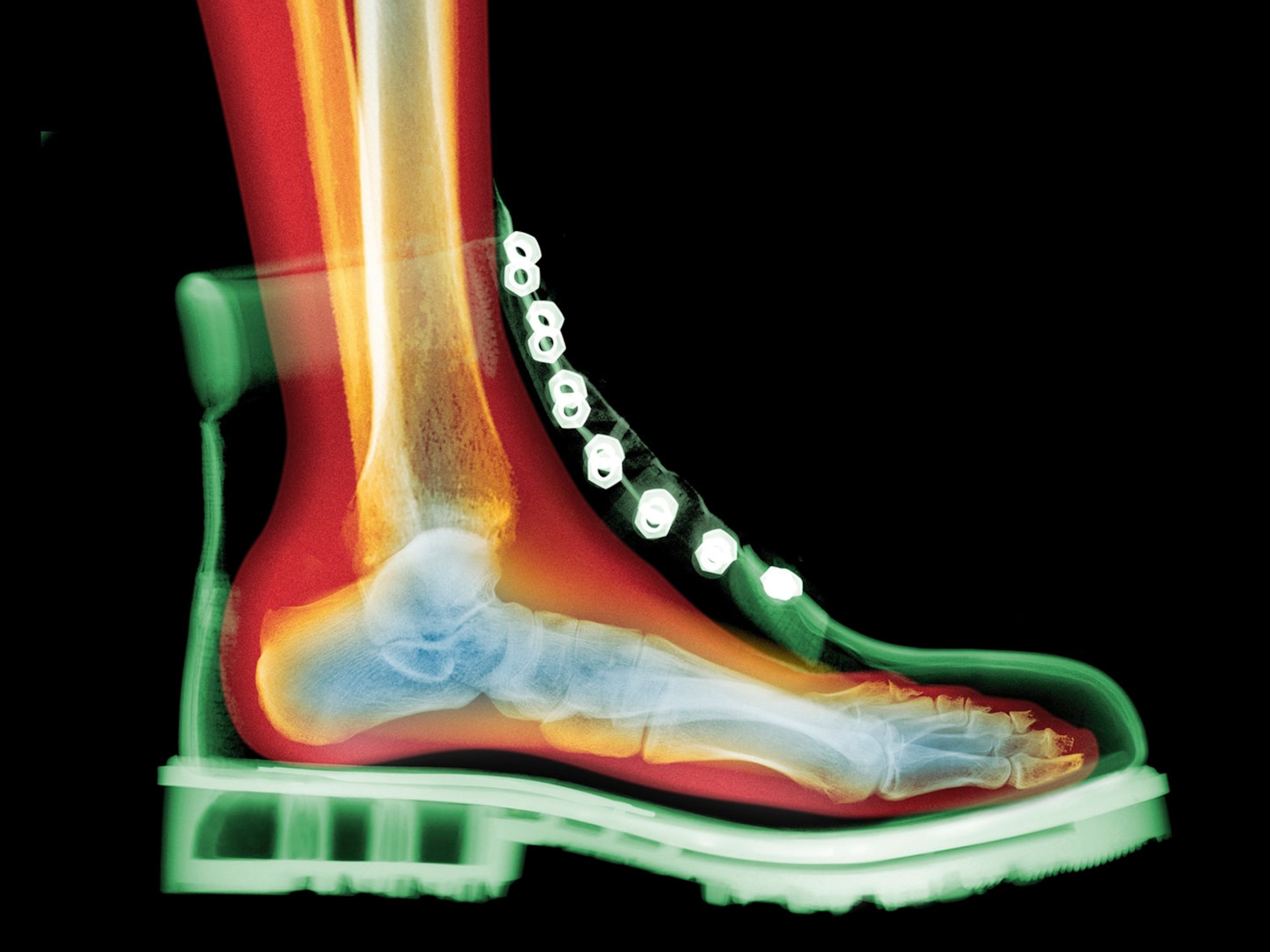
With a Deep Dig Into Its Past, Perugia Built an Energy-Saving Future
Perugia, Italy turned its challenging geography to its advantage to show how even a small city can reap benefits of investment in smart transport and pedestrian-friendly streets.
This story is part of a special series that explores energy issues. For more, visit The Great Energy Challenge.
It's 7 p.m., and the evening passeggiata (a cross between a walk and a parade) in Perugia (map) is in full swing. All the Italian clichés apply: strolling teenagers eating gelato, married couples pushing strollers and greeting friends. Professors—this is a university city—amble up and down the Corso Vannucci greeting each other and arguing politics.
The conversations—whether they are giddy, loving or heated—echo with remarkable clarity off the surrounding medieval stone facades, undisturbed by the sound of internal combustion or diesel engines.
The Corso, the main drag of the Umbria region's capital city, styles itself as Perugia's living room rather than as a thoroughfare for motorists. So as the setting sun turns the buildings amber, tourists and tired office workers jockey for café seats or wander in and out of shops without the worries about parking or vehicle tie-ups that are endemic to so many of the world’s cities.
There is simply no traffic.
It wasn't always like this. Not long ago, Corso Vannucci and surrounding streets were thronged with cars, trucks, and buses instead of pedestrians. The buildings were encrusted with soot, instead of shining pink and proud. Traffic clogged the narrow streets, and Perugia's residents wondered how their smart little city became such an urban nightmare.
As cities around the world grapple with issues of traffic and congestion that degrade the quality of urban life, it is worth taking a look at how Perugia turned its story around.
Although it is hardly the only European city to put strict limits on motor traffic (Venice to the north boasts it is the world’s largest car-free city), Perugia shows how even a small city can reap benefits from investment in pedestrian-friendly infrastructure. All it took was a succession of progressive-minded city officials, urban planners, and resident-dreamers who saw how Perugia’s geographic and historical preservation challenges could be used to its advantage.
The Dig for a New Future
It all started, incredibly enough, in the early 1980s, with a few escalators.
City archeologists had unearthed the subterranean streets of a former patrician neighborhood under a park that was built far below Perugia’s urban core. The city developed a lower town to showcase this district that had been covered over since the 16th century. To connect the lower town to Perugia’s center, which stands on a 490-meter (1,600-foot) rock promontory, the city built a series of escalators. At the base, the urban planners added a multilevel parking garage and bus station that looks like a subway station minus the trains. And vehicles other than delivery vans and taxis were banned from the Corso Vannucci.
More escalator-parking lot locations were soon built, followed by a "Zona di traffico limitato" (ZTL), or limited traffic zone. Car travel or parking in downtown requires a permit. Cameras snap license plates, and hefty fines are levied on those who venture into the city by motor vehicle without a permit.
Still, Perugians feared that such measures would turn their beloved city into a museum. Plus, reality intruded. Perugia hosts some popular festivals throughout the year, among them Umbria Jazz in July, and Eurochocolate, a tribute to the Perugina company that makes the city’s famously addictive Baci chocolate, every October. How to bring in thousands of attendees without overloading the streets, parking lots, and escalators?
City planners considered the alternatives. Long ago, a tram ran from the rail station to the center, but that was in a gentler time, with few cars on the road. A subway? The hills are too steep. Besides, the population of 160,000 couldn't support the expense of building or operating a full-sized system. After a decade of debate, the city decided on an innovative system built by the Italian company Leitner AG, a 3-kilometer (1.8-mile) "minimetro."
"This is Perugia," said Mayor Wladimiro Boccali. "In a city like ours, with its wealth of art and history, we had to do something original. The minimetro is more than public transport. It's architecture, technology, design."
It's fun to ride, too. There's a big parking lot on the outskirts for those arriving by car. One station connects with the main train station at the foot of the hill. The stations' avant-garde design is no accident; it’s all the work of French architect Jean Nouvel, winner in 2008 of the prestigious Pritzker Architecture Prize.
The Little Train That Could
Minimetro cars arrive about every minute. Multilingual machines dispense tickets (1.50 euros, or $2 for a single ride) and riders need to hold onto tickets to exit, too. A little car pulls up and glass doors open. The car first proceeds over an elevated track. Then, after it climbs a steep grade, the minimetro enters a tunnel.
The first underground station looks like a cave crossed with a Star Trek set, due to the combination of stone walls and high-tech machinery. A lit tunnel follows, and takes riders to the system's ultramodern terminus.
This station, Pincetto, is set into the side of a hill. Riders can disembark and take either an inclined elevator or a series of escalators to the medieval city center, with its narrow alleyways and warren of shops and public buildings.
It's a big project for a city of its size, and in fact, it’s almost impossible to imagine a similar system in a comparable North American municipality. (Dayton, Ohio, a city with about the same number of residents, has no commuter rail, and in fact has no access to the nationwide rail system, Amtrak.)
Why the difference? "Cities are more compact in Europe; they've evolved differently," said Lee Schipper, an expert on alternative energy and transportation at Stanford University's Precourt Energy Efficiency Center. "There's more of a motive there to make cities livable without cars." He notes there are large pedestrian zones in numerous European cities—Munich, Bamberg, Bayreuth, and Kulmbach in Germany, and Vienna, in Austria, to name just a few.
The minimetro isn't perfect. There's a constant hum that bothers people who live along its route; because of it, the system shuts down at 9:20 p.m., except during festivals. There's another line planned, but the economic crisis has put it on hold for now, said Boccali. But, he adds, 3 million people ride the little cars every year, and he's proud of his little city and its big plans.








